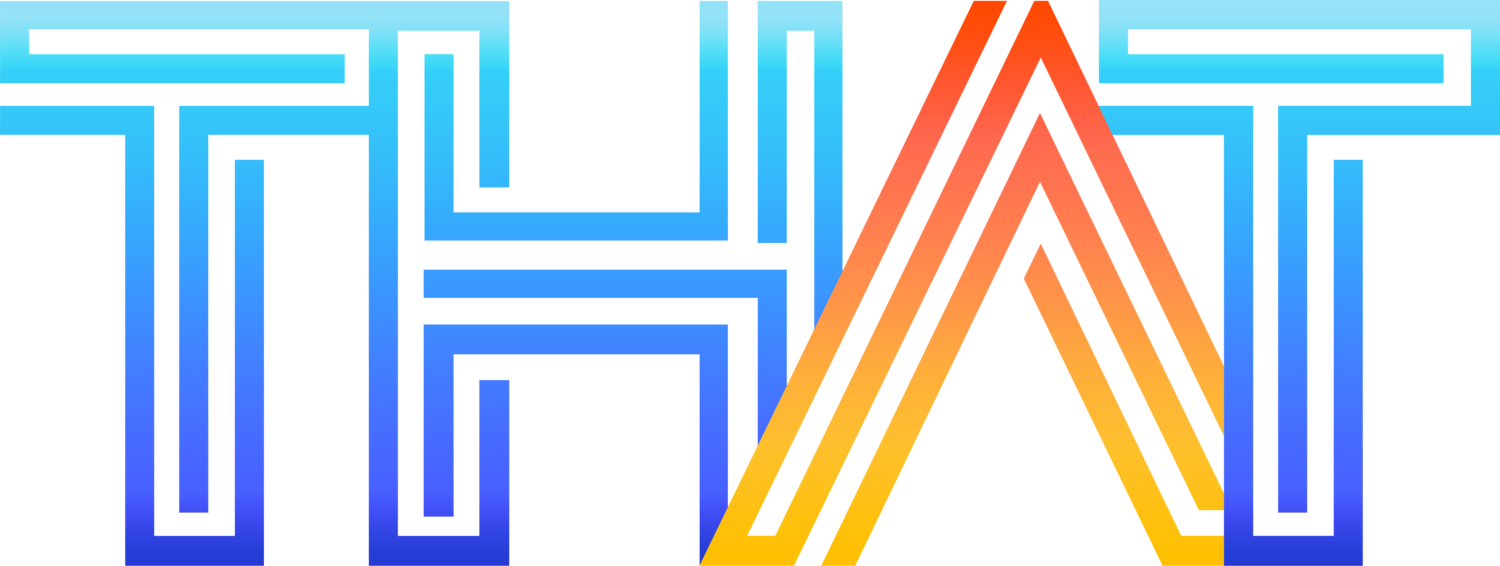How to Use a Studio for Fashion Line Lookbooks
If you’re a designer or brand looking to showcase your latest collection, a studio is one of the smartest places to build your lookbook. A clean, controlled environment makes it easy to highlight your garments without distractions, and lets you get consistent, polished images that work for e-commerce, social, and print. Here’s how to plan a successful ecommerce lookbook shoot studio rental in Toronto and get the most out of your studio fashion photography session.
Choose a Studio That Matches Your Brand’s Aesthetic
Your lookbook should feel cohesive and aligned with your brand identity. Start by choosing a studio with features that fit your style:
Natural light studios are great for airy, lifestyle-driven collections.
Studios with blackout options and pro lighting give you more control for bold, high-contrast editorial looks.
Spaces with minimal decor and seamless backdrops help keep the focus on the clothing.
Look for a studio that offers different backdrop options, props, or set design services if you want more variety without moving locations. If you're shooting in Toronto, several studios provide flexible setups for both classic and creative fashion shoots.
Plan Your Shot List in Advance
Before stepping into the studio, map out the shots you need. Include:
Full-body shots for each look
Detail shots of accessories, fabric textures, or tailoring
Movement shots to capture how garments drape or flow
Editorial-style portraits if your brand leans lifestyle or high fashion
A solid shot list will keep your session focused and make sure you leave with all the assets you need for your lookbook and promotional materials.
Use Seamless Backdrops for a Clean, Consistent Look
A classic lookbook trick is shooting against seamless paper or fabric backdrops in neutral tones like white, gray, or beige. This keeps the attention on the clothing and makes post-production easier. Most studio fashion photography spaces offer seamless backdrop rentals or have them included with your booking.
For a fresh spin, you can also:
Use colored backdrops to complement your palette
Layer fabric textures behind your models
Shoot against raw studio walls for an editorial, behind-the-scenes feel
Lighting Is Everything
Good lighting makes a huge difference in fashion photography. Whether you’re going for soft, natural daylight or bold, directional strobes, your lighting should flatter the garments and models while staying consistent across the set.
If you're new to studio fashion photography:
Start with a two-light setup: a large softbox as your key light and a fill light or reflector for even skin tones.
Consider a hair light or backlight to separate your models from the background and highlight garment details.
Choose a studio that includes lighting gear or offers it as an add-on — it saves time and budget on rentals.
Keep Styling and Hair & Makeup Organized
Fashion lookbooks require a tight turnaround between outfit changes. Make sure to:
Book a studio with a styling station and private space for models to change
Have a dedicated rack for each look in order of appearance
Use garment steamers and lint rollers on set to keep clothing photo-ready
Coordinate your hair and makeup team to stay on-schedule with touch-ups between looks
Studios that offer spacious makeup areas and adjustable lighting for grooming are a plus.
Capture Both Static and Motion Shots
Adding movement-based images to your lookbook helps show how clothing performs in real life. Ask your models to:
Walk, twirl, or jump mid-shot
Play with fabric draping or pocket details
Interact with props, chairs, or each other if it suits the brand vibe
Shooting both posed and candid moments gives you a versatile image bank for website, social, and editorial use.
Use Props and Furniture Strategically
While your garments should be the focus, thoughtful props can elevate your shoot. Use them to:
Add depth and context without cluttering the frame
Introduce color blocking or textural contrast
Give models something to interact with for natural-looking poses
Studios often carry prop rentals like stools, vintage chairs, or fabric drapes you can integrate into your set. Keep it minimal so the attention stays on the clothes.
Make the Most of Your Studio Time
Lookbook shoots are typically fast-paced, especially if you’re working with multiple models or collection pieces. To stay efficient:
Schedule buffer time between outfit changes
Group similar looks or lighting setups together
Have your file naming and tethering system ready to keep images organized as you shoot
Instant booking options in Toronto studios make it easier to grab a time slot that fits your production schedule without lengthy back-and-forth confirmations.
Deliver Consistent, On-Brand Images
After the shoot, your editing process should maintain consistency in:
Color grading
Skin tone balance
Backdrop cleanup
Cropping and framing
Whether you’re working with an editor or doing it in-house, stick to your brand’s visual standards so your lookbook flows seamlessly.
Where to Book a Lookbook Studio in Toronto
Toronto’s creative community has plenty of excellent studio options for fashion photography. When searching for your lookbook shoot Toronto, prioritize spaces that offer:
Seamless backdrops
Pro lighting equipment
Private changing areas
Instant online booking
Flexible rental add-ons like props or assistants
A good studio won’t just give you four walls — it’ll be a creative workspace tailored for your production needs.
Pro tip: If you’re after a studio that checks those boxes with instant-book availability and free in-studio lighting, That Toronto Studio is a solid option in the East End. It’s built for creators, with tons of natural light and a fully-equipped space for fashion, branding, and product shoots.
Final Thoughts
A strong lookbook starts with smart studio choices. By picking the right space, planning your shot list, and mastering your lighting setups, you can deliver polished, professional imagery that sells your collection and builds your brand. A studio fashion photography session in Toronto gives you the privacy, gear, and versatility you need to pull it off — whether it’s your first lookbook or your tenth.
